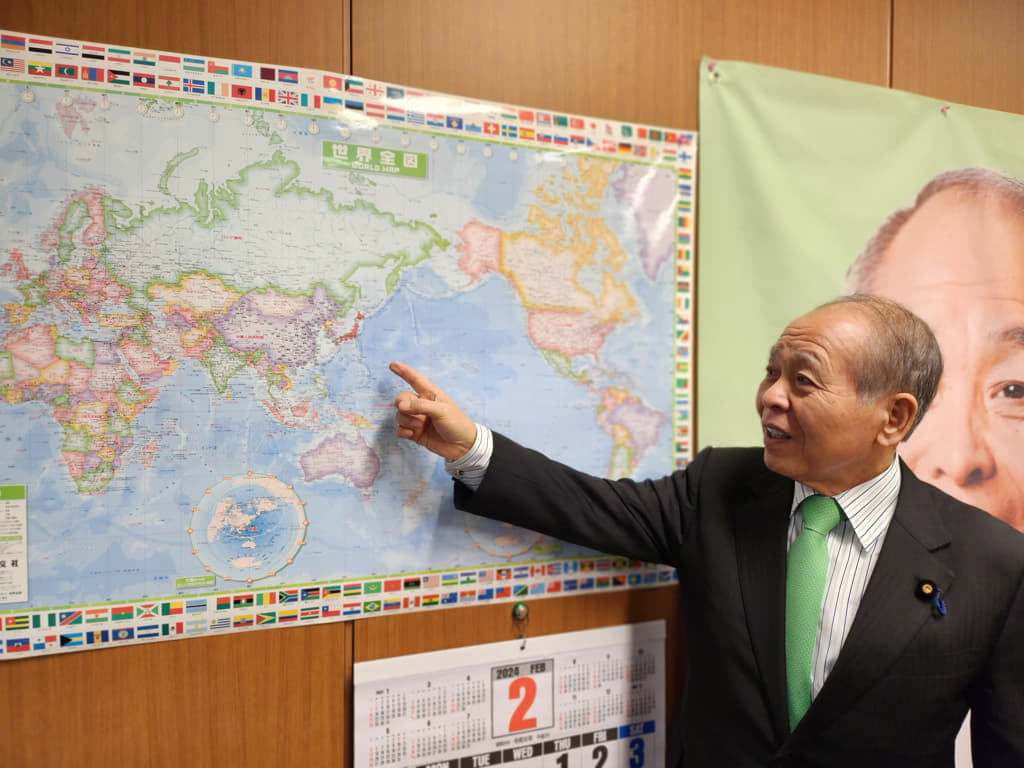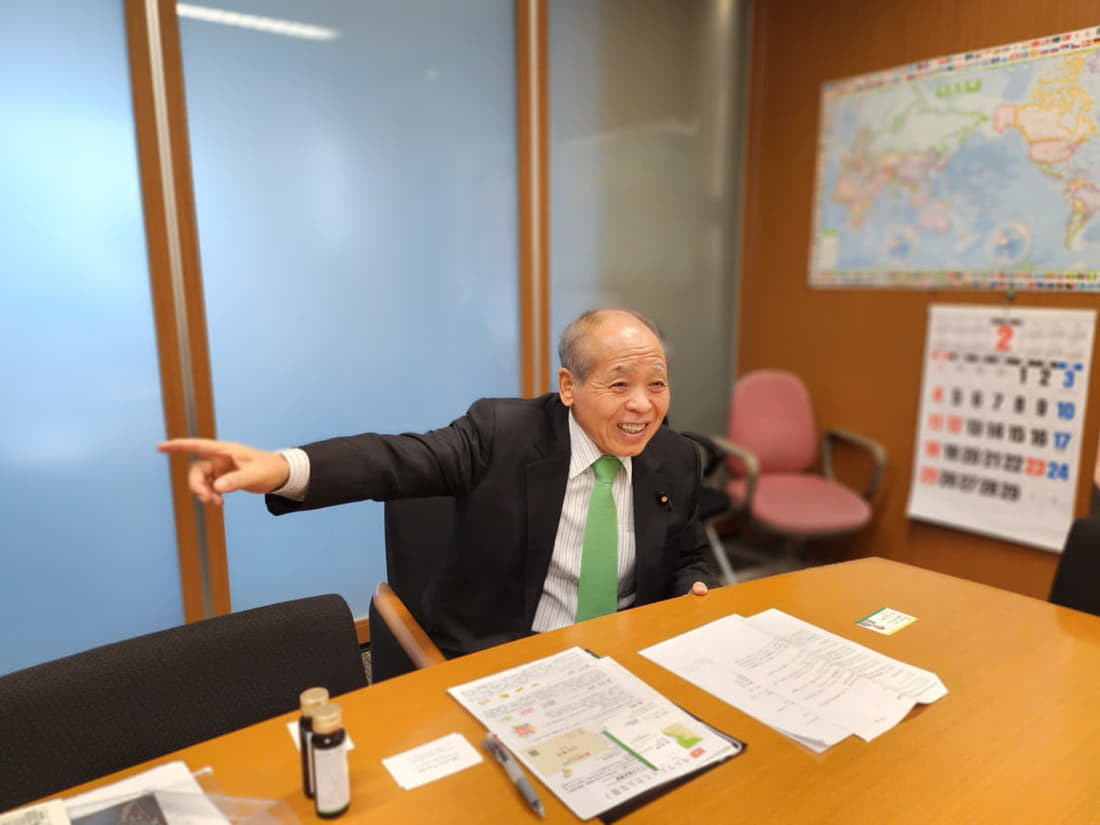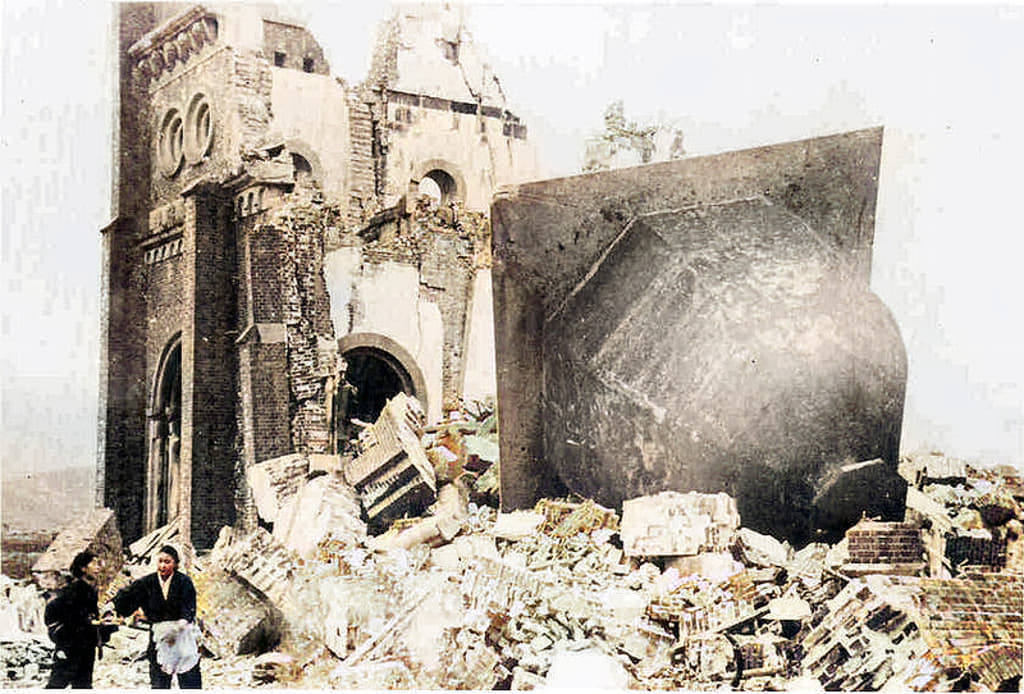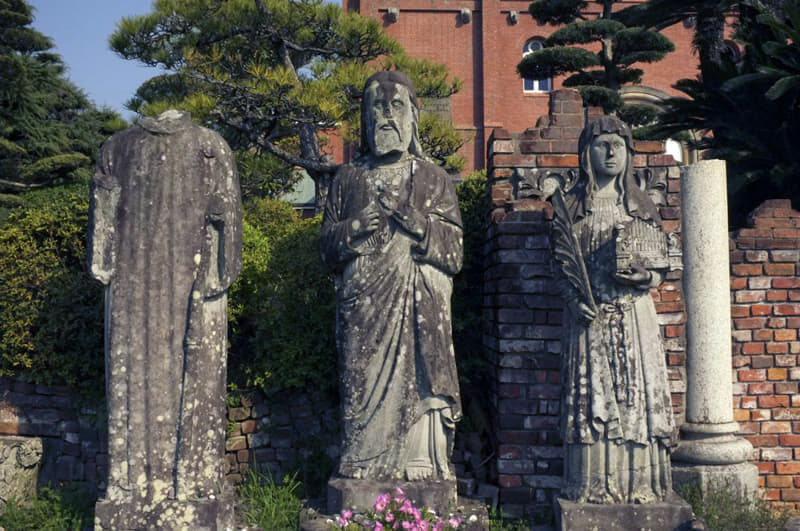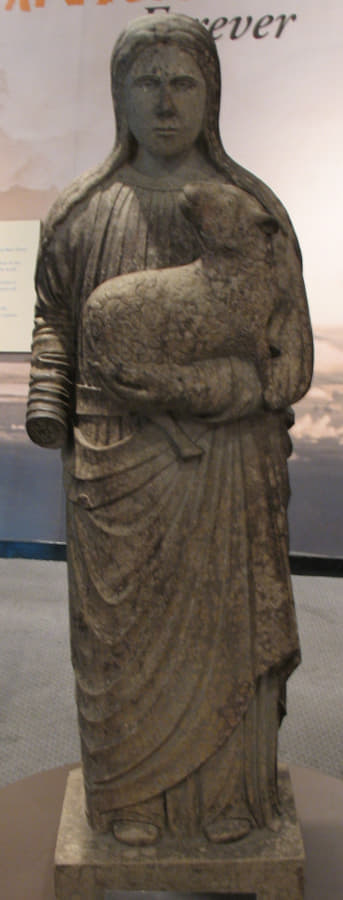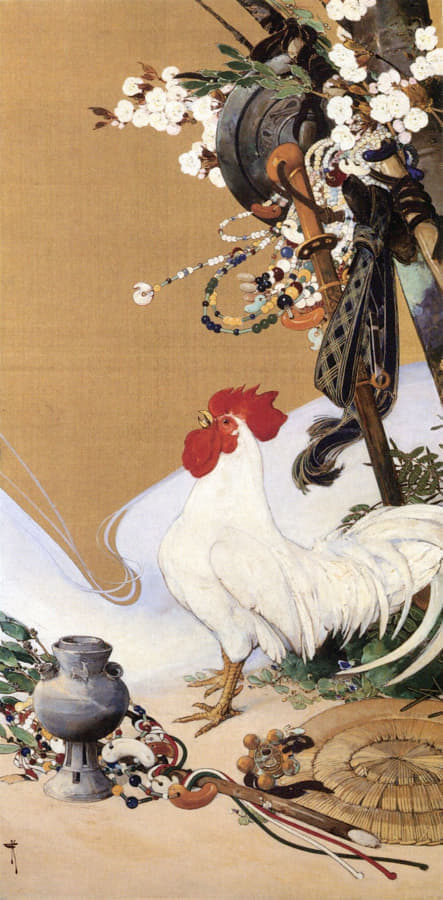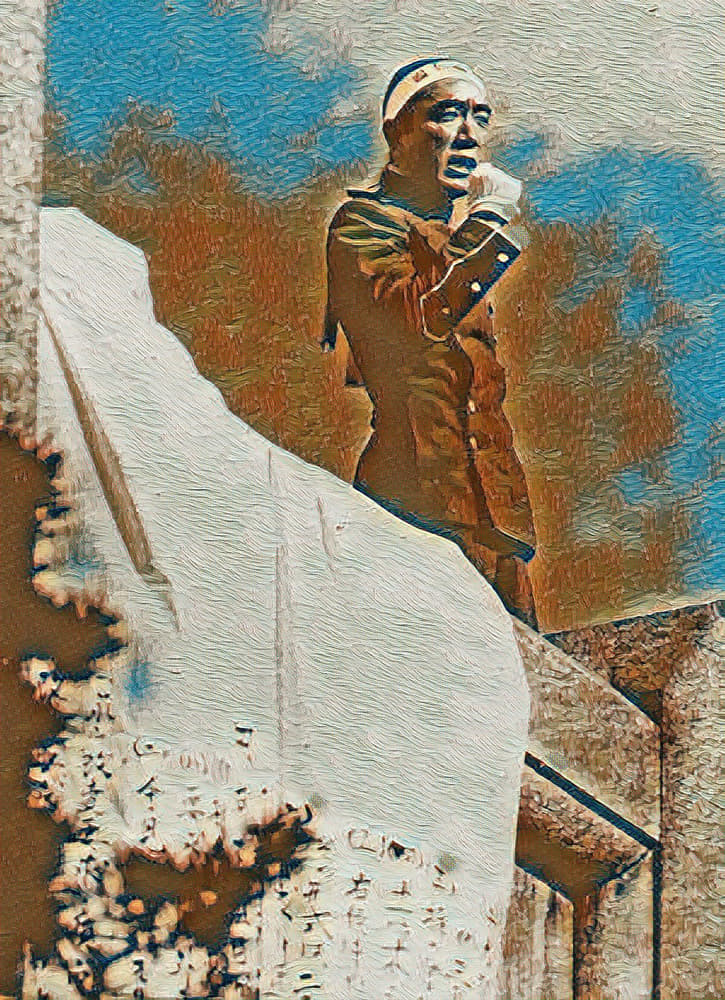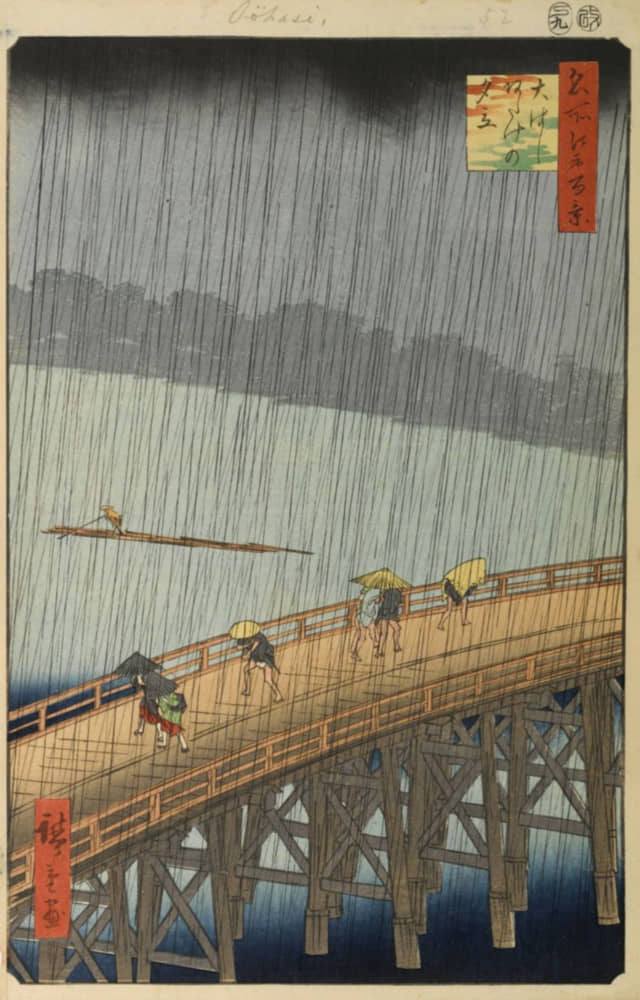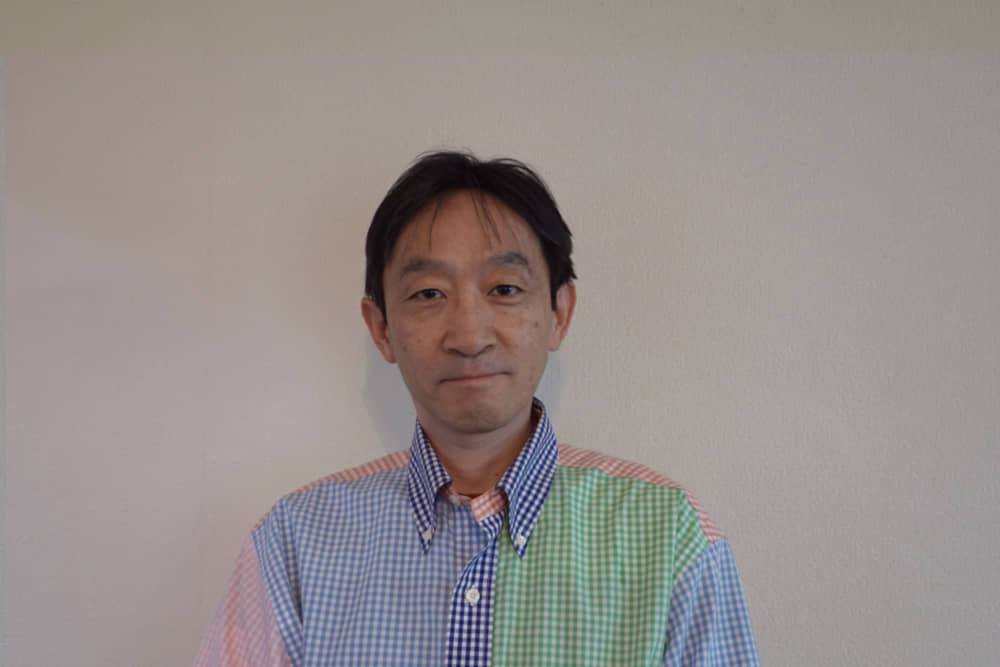In October of 2023, Japan’s House of Councillors Member Suzuki Muneo visited Russia. Recently, he sat down with Kenji Yoshida and Jason Morgan and spoke about why he visited Russia, what he heard there, and where Japan-Russia relations are headed.
Suzuki Muneo is a dynamo. When we arrive at his House of Councillors office for an interview in late February, the place is abuzz with activity. While we sit in a meeting room waiting, Suzuki darts about the office and in and out of rooms, taking phone calls, shouting for his secretaries to bring him documents or remind him of appointments, and, occasionally, poking his head into the meeting room to apologize and say he’ll be with us shortly. His office is filled with maps and memorabilia of Hokkaido, where Suzuki’s home district is located.
Suzuki Muneo is also easily the most controversial member of the Japanese Diet. He spent a year in prison on a 2004 conviction for having taken bribes from Hokkaido firms, and for having then concealed those bribes and perjured himself when testifying about them. But the controversy swirling around him today is of much more recent vintage. Suzuki’s constituents live in close proximity to Russia, and many of them want to maintain good relations with Japan’s Slavic neighbor for the sake of, for example, fishing rights and permission to visit family graves in Russia-held territory. So, in October of 2023, Suzuki outraged the political class in Tokyo—including the Ishin-no-Kai, his political base after his exile from the Liberal Democratic Party (LDP) following the bribery scandal—by visiting Russia and engaging in talks with officials there.
Suzuki insists that he did it for his constituents and for the security of Japan. Tokyo politicians and many in the media saw his visit as consorting with the enemy during a time of war. We saw his visit as a valuable opportunity to learn more about Russia-Japan relations, especially during a time of war in Ukraine. Roughly the first half of the more-than-one-hour-long interview follows.

Kenji Yoshida and Jason Morgan (K&J): What was your main reason for visiting Russia in October of 2023?
Suzuki Muneo (SM): After Kishida Fumio became prime minister, the Ukraine problem burst onto the scene. America announced that it would be imposing economic sanctions on Russia, and Japan followed suit. I think this was a mistake on Japan’s part.
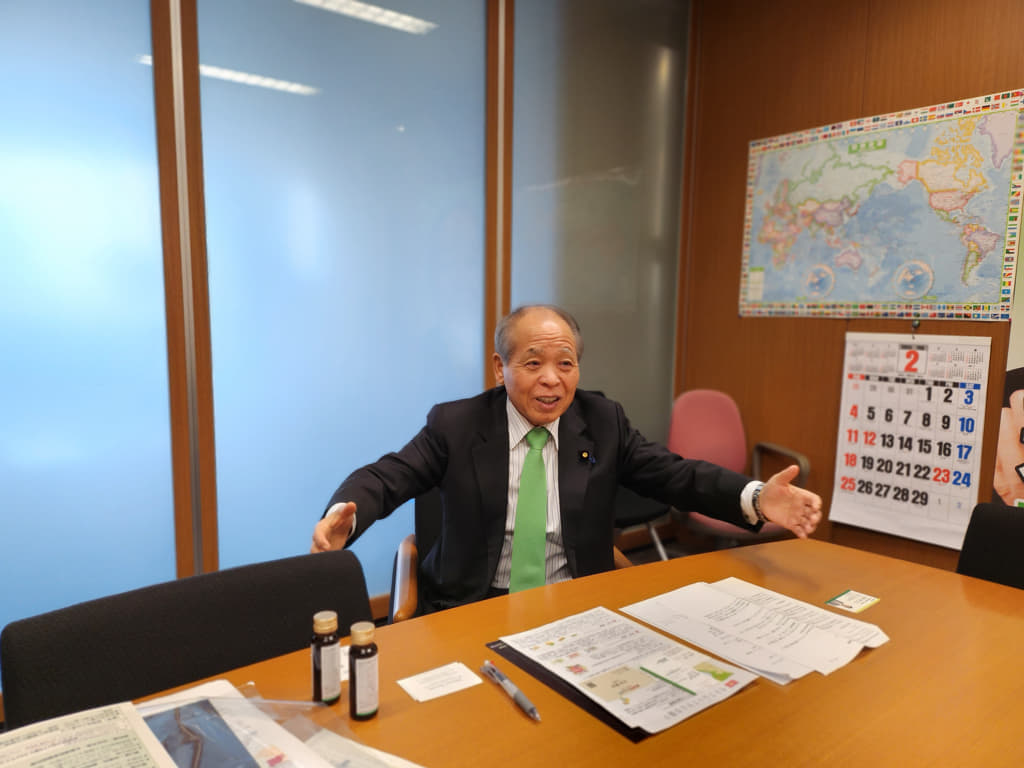
Japan and the United States are allies, but our countries lie on opposite sides of the Pacific Ocean, separated by ten thousand kilometers. Russia, China, South Korea, North Korea—these are Japan’s neighboring countries. For Japan, the United States is like a relative—being our ally—but it is still a distant relative. Japan’s survival depends on its relations with countries with which we are not related in that sense, but which are much closer geographically than America.
On a personal level, if I don’t like someone, I can just ignore him. In the worst case scenario, I can move away if I really don’t like him and don’t want to have anything to do with him. But countries can’t move. They have to come to terms with one another. That is the only way.
Japan followed the Americans’ lead on Russia, and, because of that, the good relationship that Japan and Russia had been cultivating and trying to improve was ruined. The relationship between Japan and Russia today is the worst it has been at any point in the nearly seventy-nine years of the postwar.
I thought this was unacceptable. If there was even the slightest chance of improving the situation, then I think that somebody had to try.
K&J: What else motivated your visit?
SM: There is the energy issue, for instance, which is the most vulnerable issue for Japan. Russia is the most energy-rich country on earth. Even now, approximately one-tenth of Japan’s energy comes from Russia.
On marine products, as well, [there is] cooperation between Japan and Russia on fishing. This has a very big effect on the supply of food to people in Japan.
Japan is number one in the world in applied technology. If Japan can partner with Russia, which leads the world in energy, then Japan can contribute to the stability of the world.
When I thought about the importance of the Japan-Russia relationship, I felt it was imperative to convey to the Russians the current realities facing Japan. This is why I went to Russia.
K&J: Did the Russians share any views with you about the current situation in Ukraine or the position of Washington vis-à-vis Russia?
SM: When I went to Russia in October I met with Andrei Rudenko, a deputy foreign minister in charge of Japan and the Far East. The Russians wondered why the Americans didn’t meet with the Russians or the Japanese as they had before, such as when Abe Shinzo was prime minister and there were negotiations concerning both Minsk I and Minsk II during the Obama administration.
During the Minsk negotiations, President Obama was on the phone quite often with Prime Minister Abe. Obama said he would be imposing sanctions on Russia [over the 2014 unrest in Ukraine], and demanded that Japan cooperate. Abe refused, on the grounds that Russia and Japan were working on solving the issue of the Northern Territories, and were also negotiating a peace treaty [to formally end hostilities during World War II]. Japan cannot move forward by following the interests of the United States, Abe said. Prime Minister Abe stood his ground against the president of the United States. It seems that President Obama hung up on Abe when he heard this.
[In 2016], Japan was to host the [G7] Ise Shima Summit. A Foreign Ministry official in Japan told Abe that Obama wouldn’t attend because of what had happened during the phone call between Obama and Abe over Russia. The official was very pessimistic about it. But Obama did attend the Ise Shima Summit.
Prime Minister Abe forthrightly articulated Japan’s national interests. He very clearly communicated Japan’s position. It was on this basis that he was able to build relationships of trust. Abe said plainly to Obama what Japan was going to do, and the United States dealt with that.
The vice president during the Obama administration was, of course, Joe Biden. The Russians are wondering why President Biden has not been able to undertake the same kind of decision-making and to employ the same kind of situational awareness as Abe.
For their part, the Russians, in their own way, are making efforts to maintain a relationship with Japan. This is reflected in energy policy. Russia sends Japan some ten percent of Japan’s energy. Also, Russia is sending Japan four times the amount of wheat that it was sending before the start of the Ukraine war. Under normal circumstances, one might have expected the Russians to cut off the wheat and energy supply, but they didn’t.
Also, Japanese people love eating crabs. The Russians are exporting crabs to Japan now just as they were before the war. I see in this the generosity of the Russian people.
K&J: What else can you tell us about the history of the Russia-Ukraine conflict as the Russians see it?
SM: Russian deputy foreign minister Mikhail Galuzin is the former ambassador to Japan (2018-2022), and is now in charge of Ukraine and central Europe. Galuzin confirmed that on April 15, 2022, two months after the war started, Russia was prepared to sign a peace deal that Ukraine had proposed. On that morning, however, Ukraine withdrew the deal.
K&J: Due to influence from the West?
SM: Yes, the United Kingdom and America. The UK and the United States told Ukraine not to accept a cease-fire, that they would support Ukraine. On October 4, 2022, Ukrainian president Volodymyr Zelensky signed into law that it is forbidden to negotiate a cease-fire with President Putin.
Galuzin says that Russia does not want to fight, that Russia wants to end the war, but that Ukraine will not come to the table for discussions. Galuzin also explains that Zelensky is unable to make decisions on this by himself at this point, because the forces which are stopping him from negotiating—America, NATO, and so forth—are very strong.
Galuzin also says that the one who created the conflict in the first place is Zelensky, with the suicide drones [Ukraine launched] in October, 2021. Zelensky provoked Russia by sending suicide drones into [the Donbas], where many Russians live. It was after that that President Putin sent a hundred thousand troops to the border, to protect Russians from being killed. But President Biden exacerbated the situation by saying the Russians were massing to attack. Biden should have told Zelensky to stand down, but instigating conflict with Russia was, I think, part of the Western strategy.
Galuzin laid out the historical facts very clearly. Speaking at the Munich Security Conference on February 19, 2022, Zelensky called for renegotiating the Budapest Memorandum. Read between the lines, and what he was calling for was for Ukraine to be allowed to have nuclear weapons. Putin heard this speech, understood that Zelensky was asking for nuclear weapons, and decided to act preemptively. The result was the February 21, 2022 meeting of the Russian Security Council. There, President Putin announced that Russia would be initiating a Special Military Operation on February 24, 2022.
France and Germany were taken aback by this. France intervened and offered to mediate talks with Putin. Putin responded favorably. However, Zelensky rebuffed the offer, only to come back [later] saying he would talk [with the Russians]. By that point, though, Putin brushed him off, vowing to continue with the Special Military Operation as planned. Hence, the war in Ukraine that we have today.
I think that Japanese politicians have no inkling of the history behind this war. In the Diet today, there is not one person who has a good understanding of the Budapest Memorandum, or of Minsk I or II.
K&J: Taxes paid by the Japanese people are being directed to funding Ukraine. What is your opinion of this?
SM: It would be a different story if Ukraine were a respectable country. But—and here I am thinking also of [former president Petro] Poroshenko—is Ukraine not a country of corruption? Even today, the weapons being sent to Ukraine are ending up in Gaza. Half of the money America sends to Ukraine is paid out to Ukrainian officials. Some of the money simply disappears. There is much unrest in Africa now. Some of the weapons sent to Ukraine are said to be ending up there as well.
If Ukraine were a trustworthy country, then I would argue in favor of supporting Ukraine. But until Ukraine is fundamentally overhauled, money sent there is wasted.
Compared to NATO, Japan’s financial support [for the Ukraine war] has been extremely low. I think this is because the Japanese government is worried about provoking Russia. Of the G7 countries, Japan is the only country not providing [Ukraine] with weapons or with materials that are the equivalent of weapons… I think Russia understands what this means. At first, Japan sent Ukraine foodstuffs, canned goods—but probably the people of Ukraine didn’t eat the canned goods, as they were things like Japanese pickles! Zelensky would have been justified in telling Japan to get serious, but he didn’t. I see in this the weakness of Ukraine.
Since the Ukraine-Russia war broke out, there have been just two positions taken inside Japan: Russia is bad, and Ukraine is good… I think this is mistaken.
Japanese politicians and the Japanese media are stuck in the entrance to the war. I want to find the exit. There is no war that doesn’t end. The thing to do now, instead of saying which side is right and which side is wrong, is to stop the fighting. Immediately. Put down the weapons. Look to the future and discuss what can be done from here on.
When I say things like this, people say, “Suzuki is a Russian spy.” “Suzuki is Putin’s lapdog.” But I will never back down. Russia is the world’s superpower when it comes to energy reserves. It’s Japan’s neighbor.
And, I want to find a resolution to the Northern Territories problem. We must find a resolution. Japan and Russia are two great nations, but they have no peace treaty. This is bizarre. It’s exceedingly unnatural.
K&J: Is Russia seeking a speedy conclusion of a peace treaty with Japan?
SM: Under the current circumstances, no. But, I believe the current circumstances won’t continue indefinitely, so I want to find a conclusion [to the status quo].
K&J: What will happen with the Northern Territories when a treaty is eventually signed?
SM: The proposal which former prime minister Abe made [during a summit meeting] in Singapore, in November of 2018, is the only viable proposal. President Putin is on board with that proposal. However, Prime Minister Abe left the office of prime minister thereafter [due to health reasons]. Had Prime Minister Abe been healthy, I think the Northern Territories issue would have been resolved.
One other thing. When I listen to how Zelensky talks, it reminds me of the Japanese Imperial General Headquarters from seventy-nine years ago. They wanted to fight to the last man. They gave bamboo spears to women and children and commanded them to fight the Americans. But there was no chance of victory. Zelensky is telling the Ukrainian people that women and children are to take up arms. It’s the same as what happened in Japan seventy-nine years before. If, seventy-nine years ago, Japan had surrendered six months earlier [than it did], there would have been no firebombing of Tokyo. Two hundred thousand lives could have been saved [then]. There would have been no battle for Okinawa. There would have been no atomic bombing of Hiroshima or Nagasaki.
In war, the biggest victims are children, women, the elderly. Each one of their lives is precious. I want to avoid any loss of life. I am speaking on this from Japan’s experience.
On February 19, 2024, Japan hosted a symposium on the rebuilding of Ukraine. [Suzuki here is referencing the Japan-Ukraine Conference for Promotion of Economic Growth and Reconstruction, at which Prime Minister Kishida gave the keynote address.] But shouldn’t there be a ceasefire before a symposium on rebuilding Ukraine is held? Fighting and supporting [rebuilding] simultaneously is like stepping on the gas and the brake at the same time.
The NATO countries are now jockeying for position to get the best deal in the Ukraine recovery operation. Japan is in the least advantageous spot. So, I think Japan should get out of the competition now.
It’s the people of Japan’s tax money that’s being used. So, I don’t want to waste any of it—under any circumstances.
